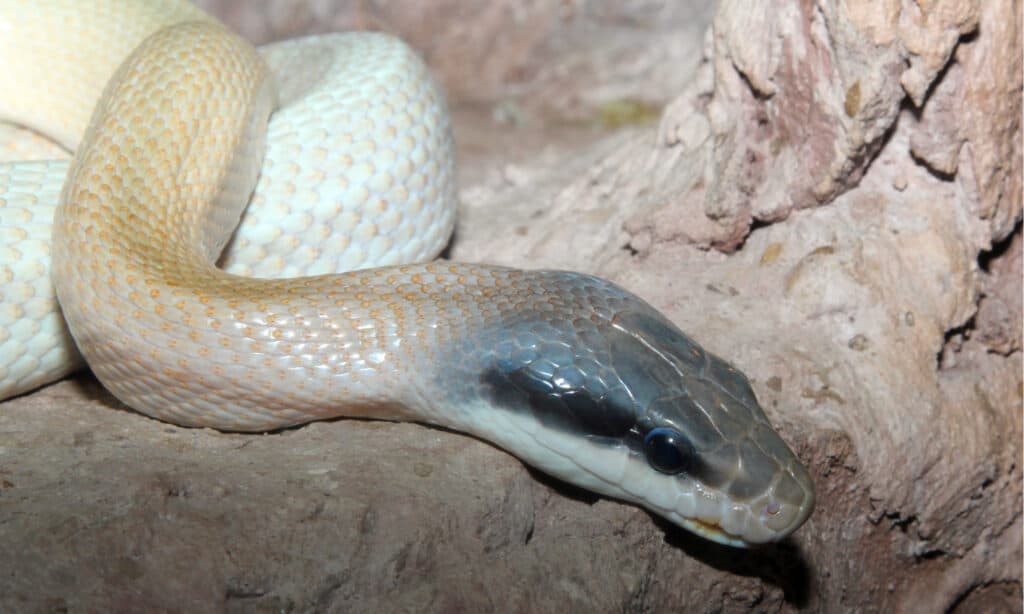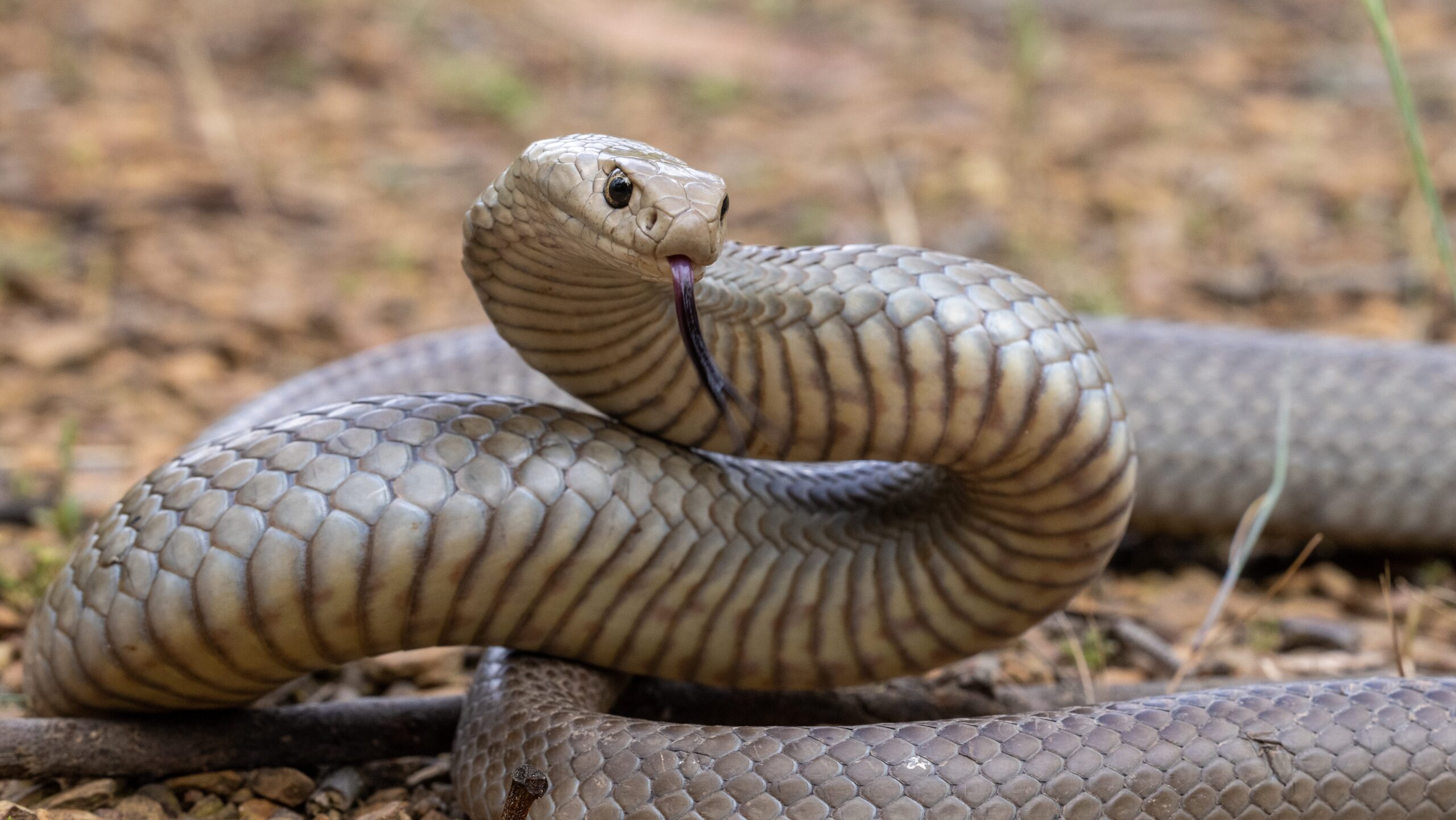Introduction
Snake attacks are a major medical emergency that can occur in numerous atmospheres, particularly in regions where serpents prevail. In Australia alone, there are many varieties of poisonous serpents such as the Tiger Snake, Eastern Brown Serpent, and King Brown Snake. Comprehending exactly how to effectively manage serpent bites is crucial for anybody who hangs out outdoors or lives in rural areas. This article will certainly check out comprehensive first aid monitoring techniques for snake bites and outline best methods for reacting How to identify Australia's deadliest snakes to these incidents.
First Aid Administration of Serpent Bites: Best Practices for every single Situation
When dealing with a serpent bite, the first response can dramatically impact the sufferer's end result. Immediate action is critical since speedy medical intervention usually figures out the degree of injury or survival rate. Below are crucial first aid principles to bear in Venom spread restriction mind:
Stay Calm: The primary step in handling a serpent bite is to stay calm. Panic can elevate heart rates and raise the spread of venom throughout the body. Call for Help: Dial emergency services instantly. Offer them with your place and any type of information concerning the snake if possible. Keep the Victim Still: Encourage the sufferer to stay as still as possible. Motion can increase blood flow, speeding up venom absorption into the bloodstream. Positioning: If viable, position the affected limb at or below heart level. This positioning helps decrease venom spread. Remove Tight Clothing: Loosen up any kind of clothes or fashion jewelry around the bite site; swelling might occur rapidly after a serpent bite. Do Not Apply Ice/Cold Packs: Contrary to common belief, using ice can intensify cells damages and must be avoided.Understanding Snake Variety and Their Habitats
Tiger Serpents and Their Habitat
Tiger snakes (Notechis scutatus) are amongst Australia's most notorious poisonous serpents due to their hostile nature and powerful venom.
- Habitat: They commonly occupy seaside regions, marshes, and locations with thick vegetation like marshes and swamps. Risks: Understanding of local tiger snake environments can lower the danger of running into one unexpectedly.
Eastern Brown Snakes: A Significant Threat
The Eastern Brown Snake (Pseudonaja textilis) is one more very poisonous types discovered throughout eastern Australia.
- Habitat: This serpent prospers in city locations, farming lands, and grasslands. Behavior: Understood for its quick strikes when threatened, recognizing its habits might assist minimize encounters.
Recognizing Signs and symptoms of Snake Bites
Identifying signs and symptoms early can improve possibilities of efficient treatment:
Local Symptoms:- Pain and swelling around the bite site Discoloration or bruising
- Nausea or vomiting Difficulty breathing Signs of shock (e.g., pale skin, rapid heartbeat)
First Aid Methods for Specific Snake Bites
First Help for Tiger Serpent Bite
whip snakeIn instance of a tiger snake bite:
Stay calm; keep still. Call emergency situation solutions immediately. Immobilize the influenced limb using a splint if available. Do not try to draw out poison or apply ice.First Help for Eastern Brown Serpent Bite
For an eastern brownish snake bite:
Keep tranquility; comfort the victim. Call emergency situation services without delay. Position them conveniently while staying clear of movement. Mark the edges of swelling with a pen if possible for observation.
Creating Your Serpent Bite Emergency Treatment Kit
A well-prepared first aid set can make all the distinction throughout emergencies:

|Item|Purpose|| -------------------------------|---------------------------------------------------|| Compression plasters|To immobilize arm or legs|| Clean and sterile gauze|To cover wounds|| Antihistamines|For allergies|| Emergency contact numbers|Quick accessibility during dilemmas|| User's manual|Step-by-step advice on handling emergency situations|
What Ought to You Never ever Do When Dealing With a Snake Bite?
Here's a checklist of usual risks when dealing with snake bites:
Do not use tourniquets; they can cause more injury than good. Avoid cutting right into or trying to draw out venom from the wound. Never supply alcohol or stimulants to targets as it might worsen their condition.FAQs About Emergency treatment Monitoring of Snake Bites
1. What need to I do if I see a snake?
Stay calmness and back away slowly without sudden movements.
2. How do I recognize if a snake is venomous?
Research local species' qualities; numerous have distinctive color patterns or markings.

3. Can I make use of ice on a snake bite?
No, using ice can boost cells damage.

4. The length of time do I have actually after being attacked prior to seeking medical attention?
Seek clinical interest promptly-- time is important with venomous bites!
5. Is it secure to drive myself to the hospital after a bite?
No! It's dangerous as signs might aggravate en path; wait on professional help.
6. Are all serpents in Australia dangerous?
No! While Australia has numerous harmful snakes, there are also non-venomous species that pose no threat.
Conclusion
The first aid administration of snake bites needs punctual action integrated with expertise concerning regional varieties' behavior and habitats like those of tiger snakes and eastern brown serpents in Australia. By complying with ideal practices detailed above-- such as staying tranquility, calling emergency services promptly, and understanding what not to do-- you significantly boost survival chances after such mishaps occur.
Equipping on your own with knowledge regarding different types of snakes in your area and preparing an appropriate first aid set will ensure you're ready needs to an encounter arise-- making you better prepared to manage this potentially serious scenario effectively!